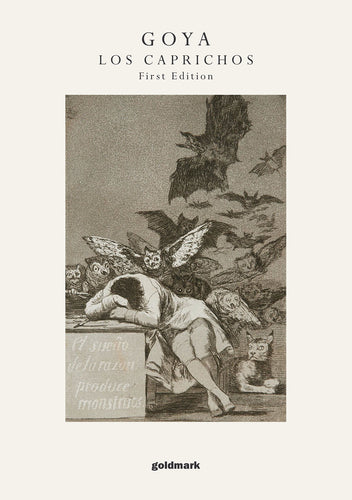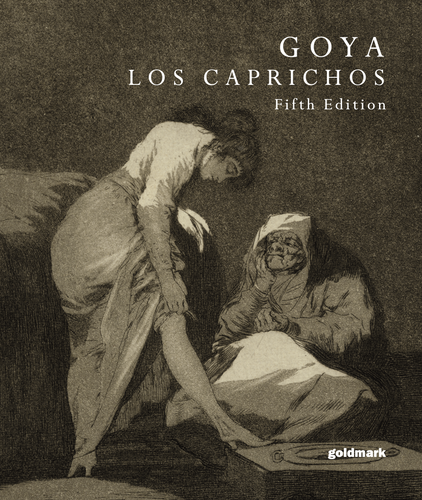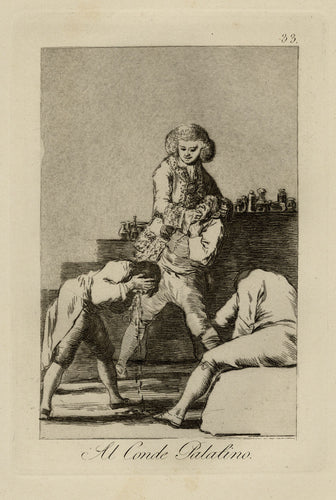Francisco Goya was born in Fuendetodos, Northern Spain in 1746. He studied painting in Madrid, but soon left for Italy where his work would first be critically recognised. After a commission to design patterns for a new royal palace was completed, his artistic talents were noted by the monarchy. He was named painter to the king in 1786, and made a court painter in 1789.
Now almost deaf, Goya’s work showed greater elements of fantasy and satirical observation. Completed in 1799, the Caprichos etchings analysed humanity’s flaws and provided the stylistic basis for his greatest and darkest work, The Disasters of War, composed during the Peninsular War. Goya later returned to Spain, but soon went into voluntary exile in Bordeaux, working until his death there in 1828.
We're delighted to announce a pop-up exhibition of Los Caprichos, the landmark suite of etchings by Francisco José de Goya y Lucientes.
'No other artist in black and white has ever exhibitied such tremendous vitality, such seething indignation and wealth of invention as Goya... [His] prints for this series have placed him next to Rembrandt as one of the two greatest etchers of all time.' Aldous Huxley










